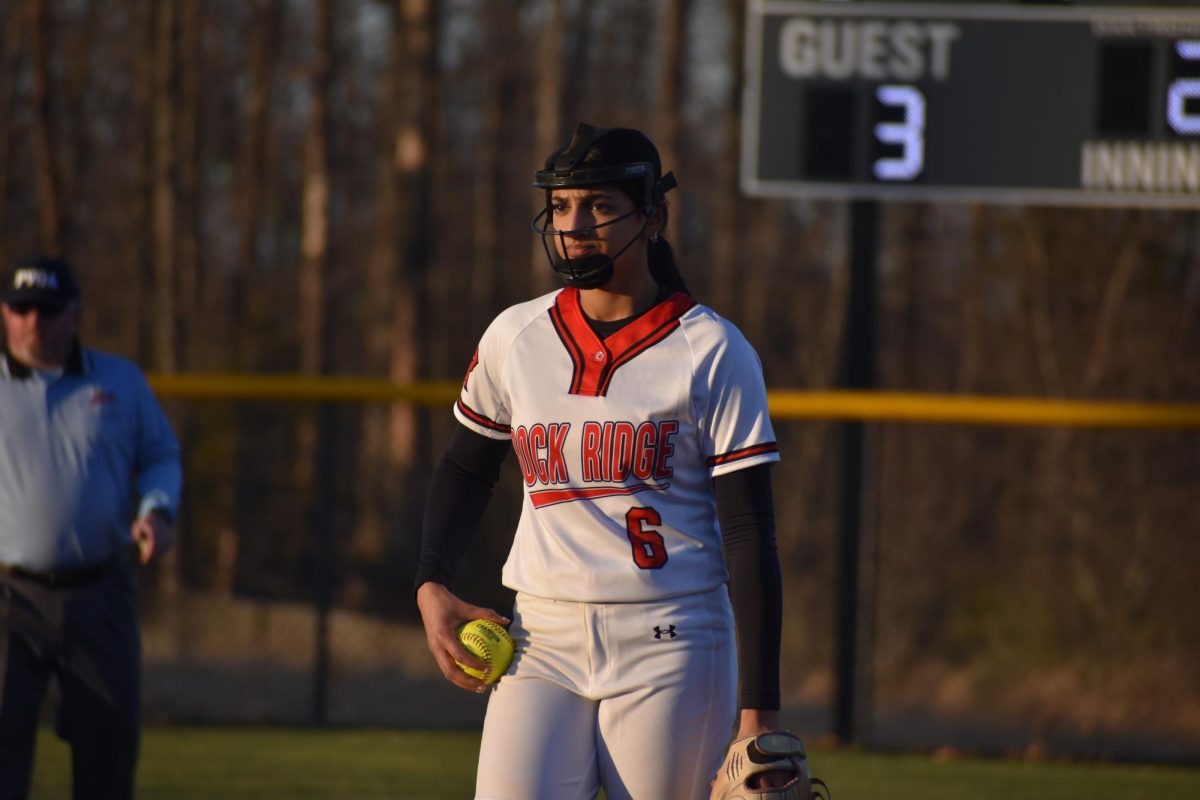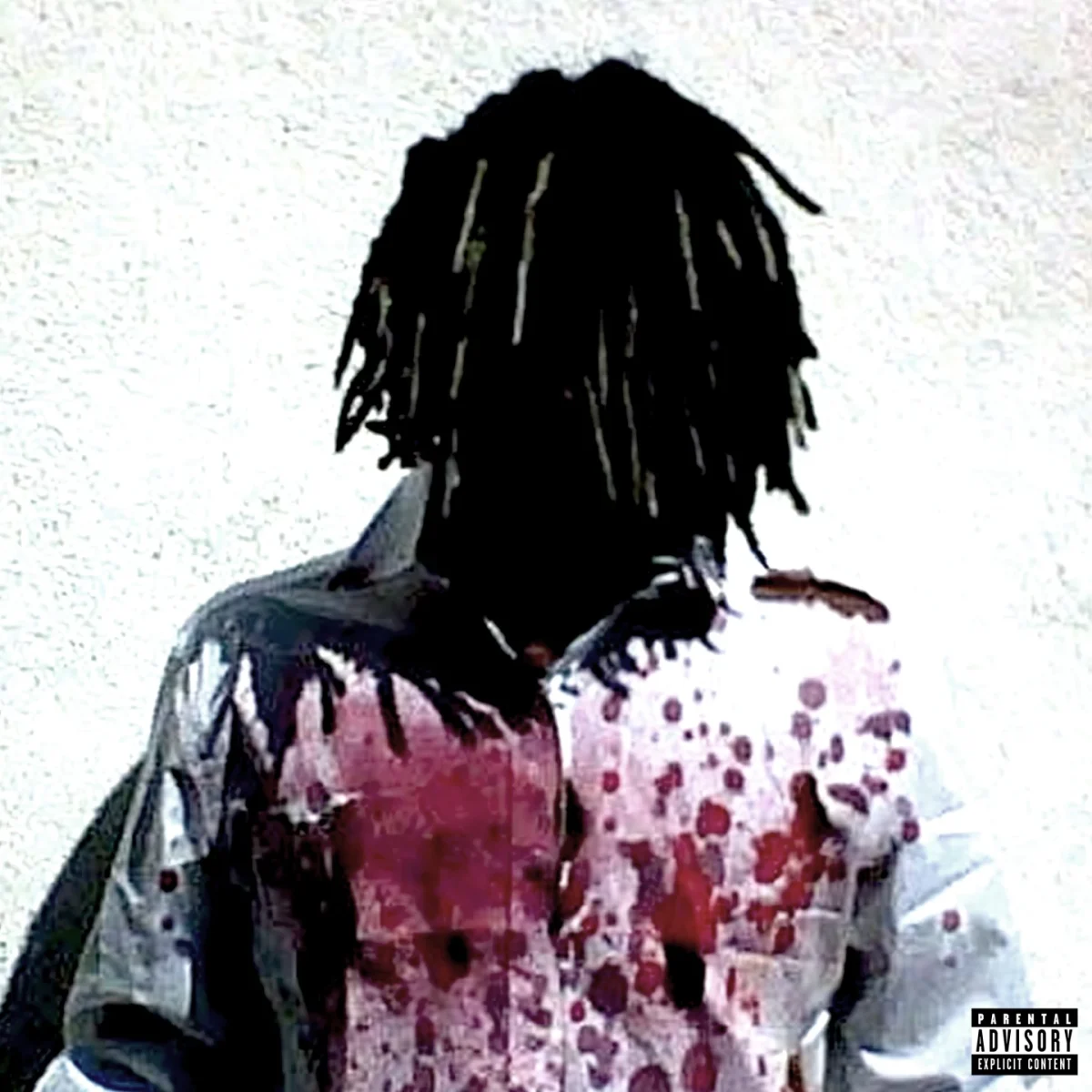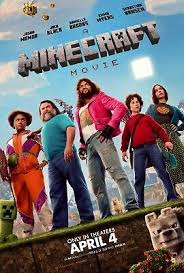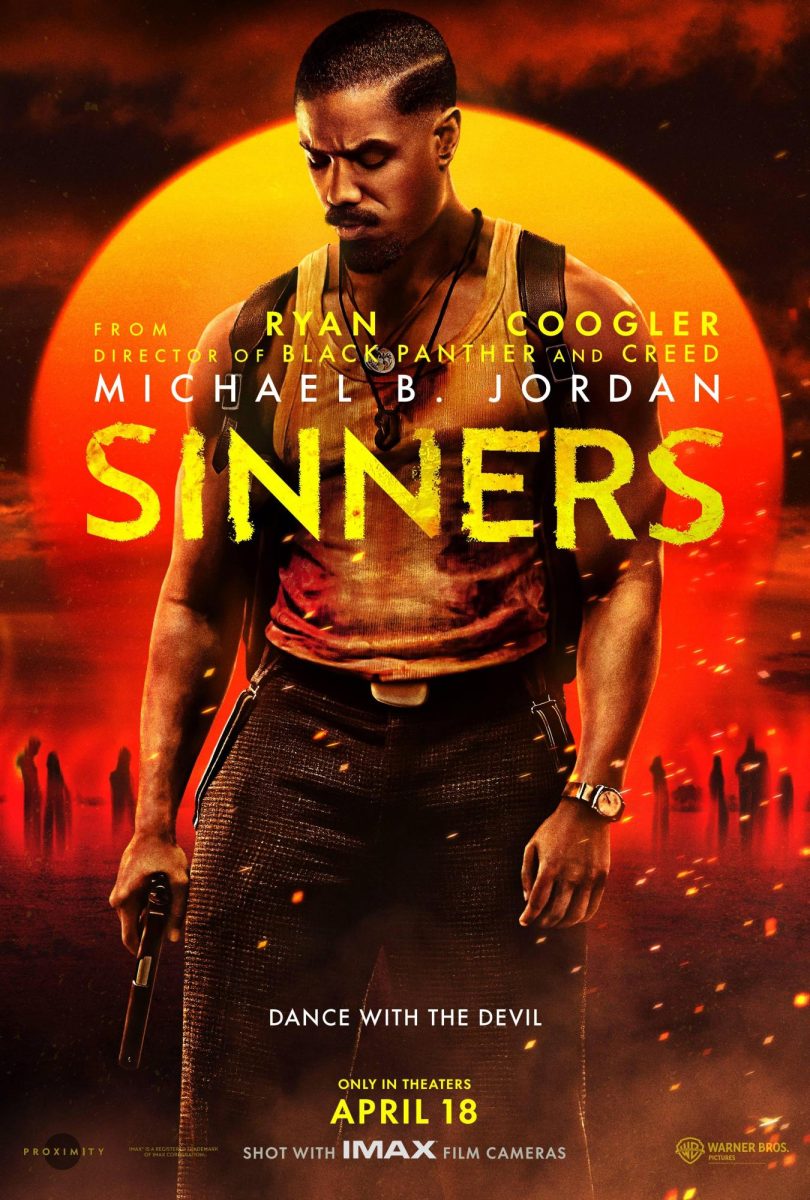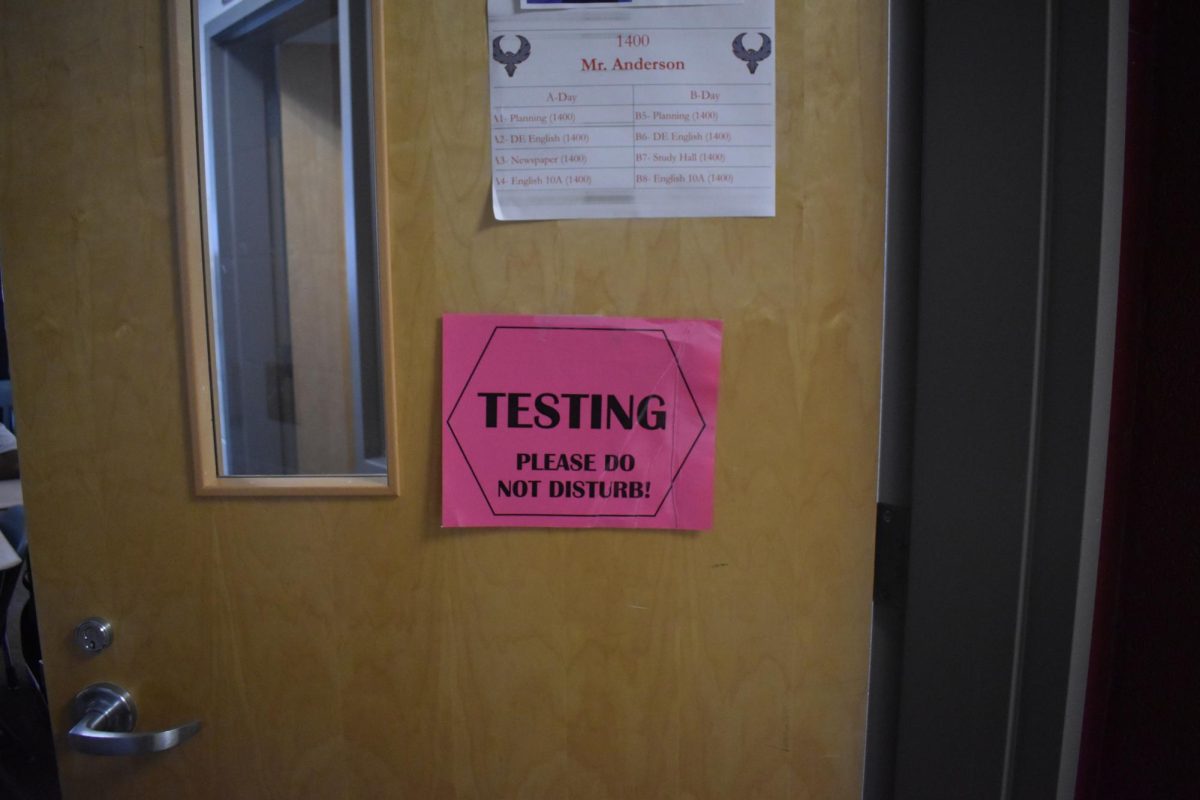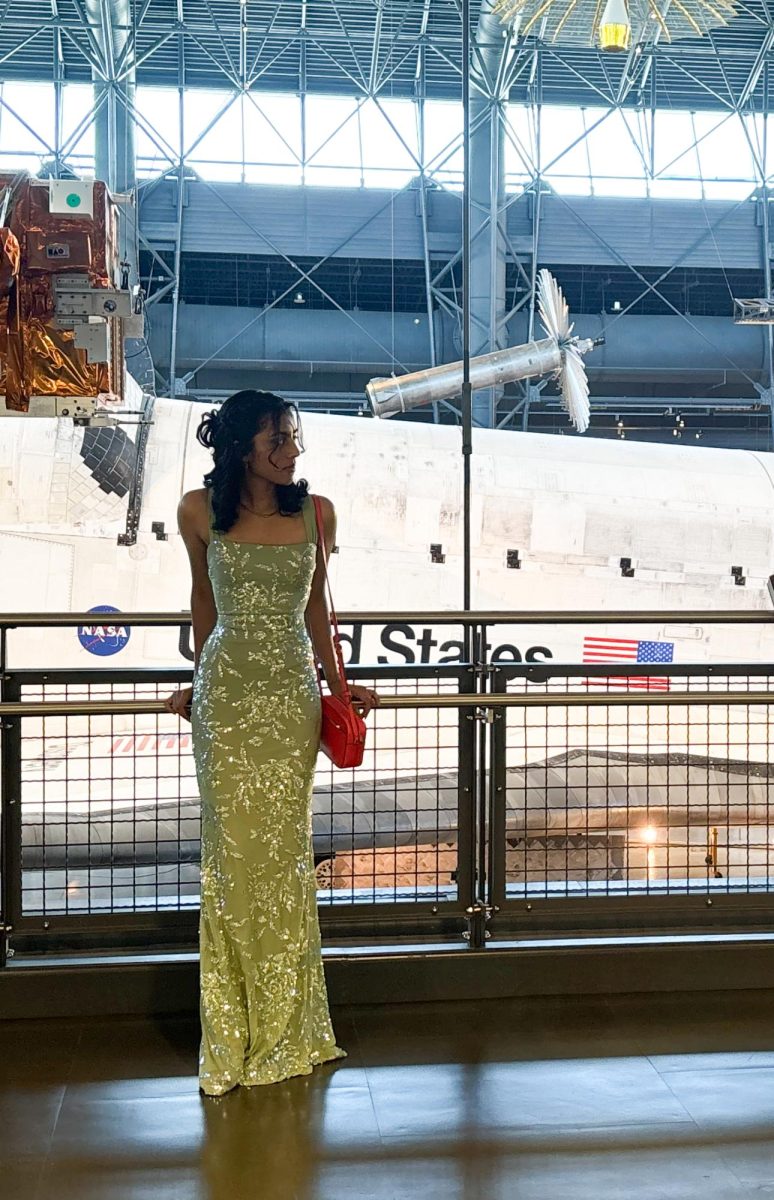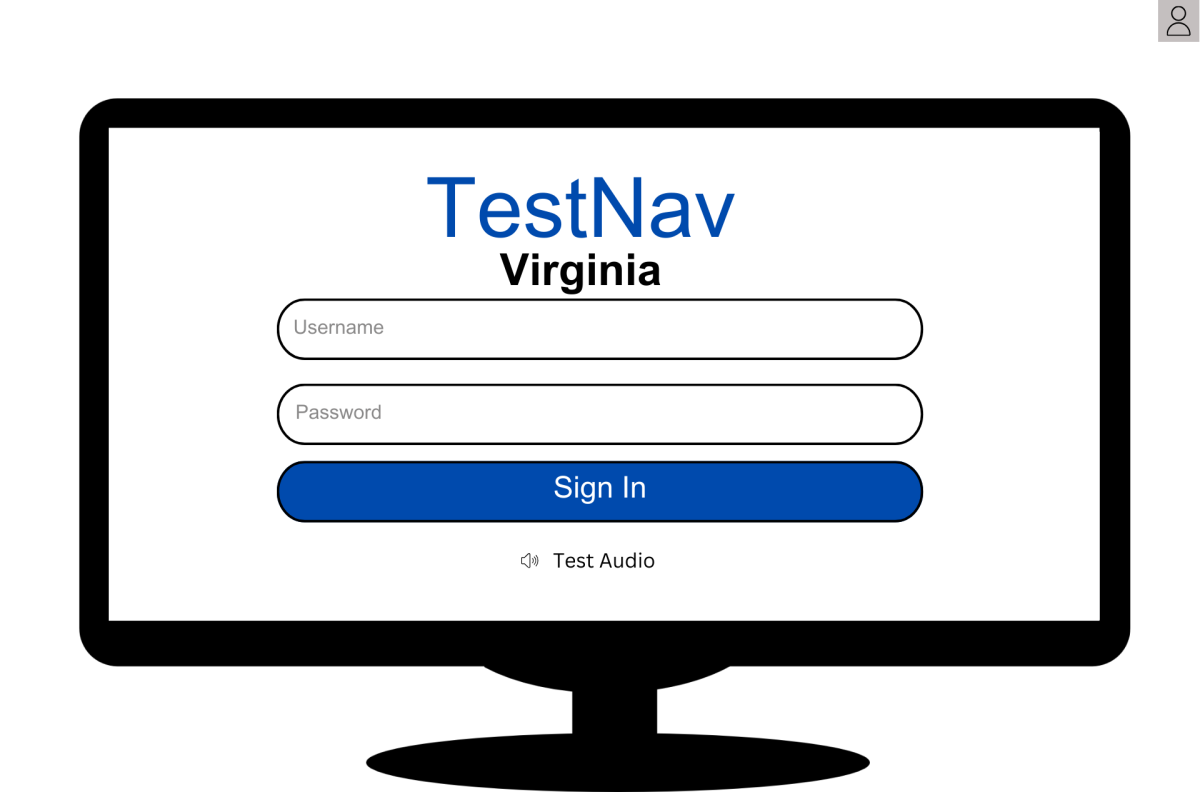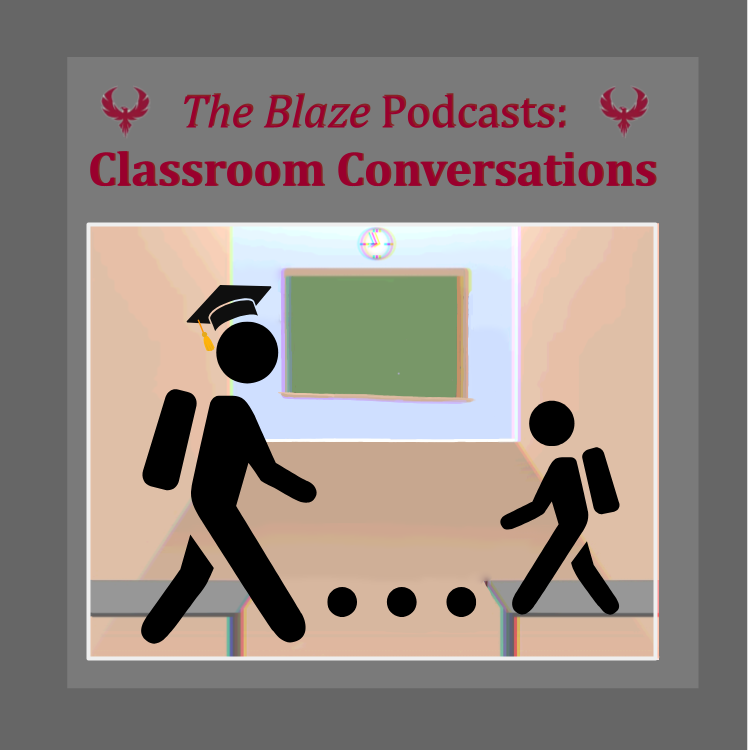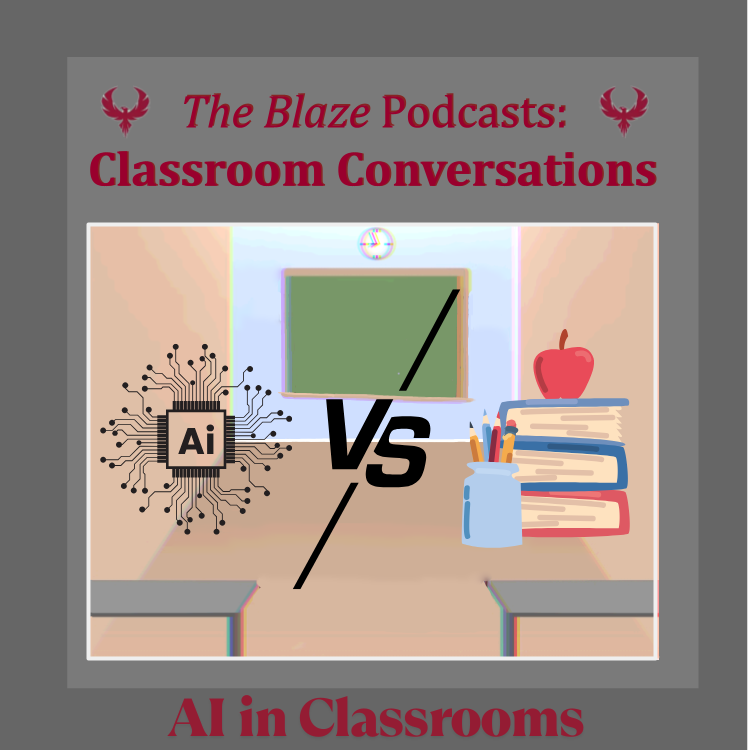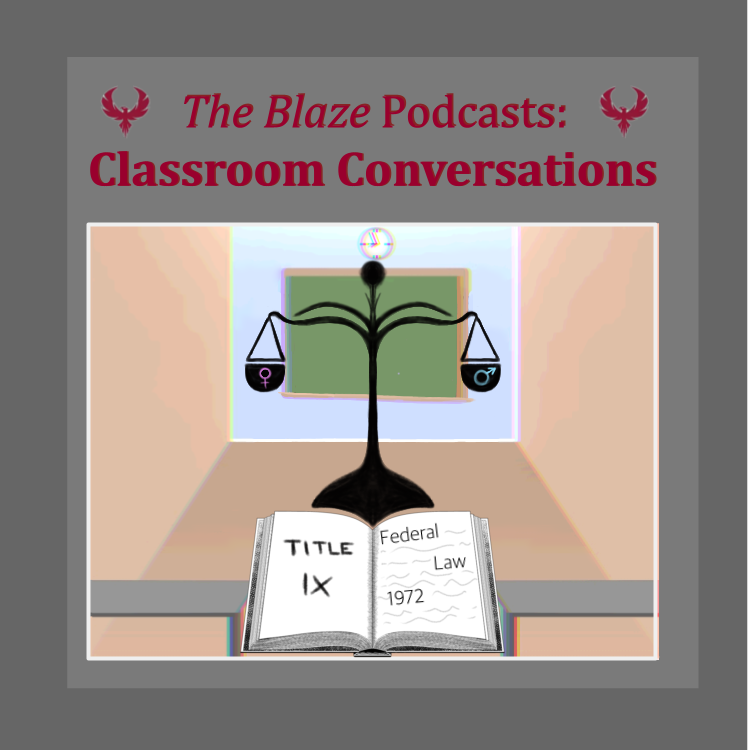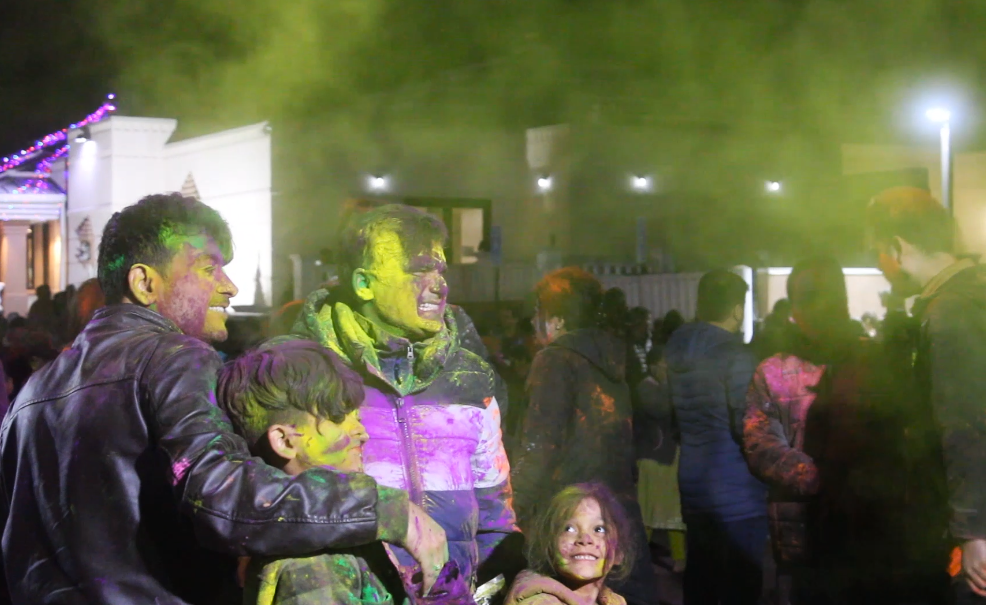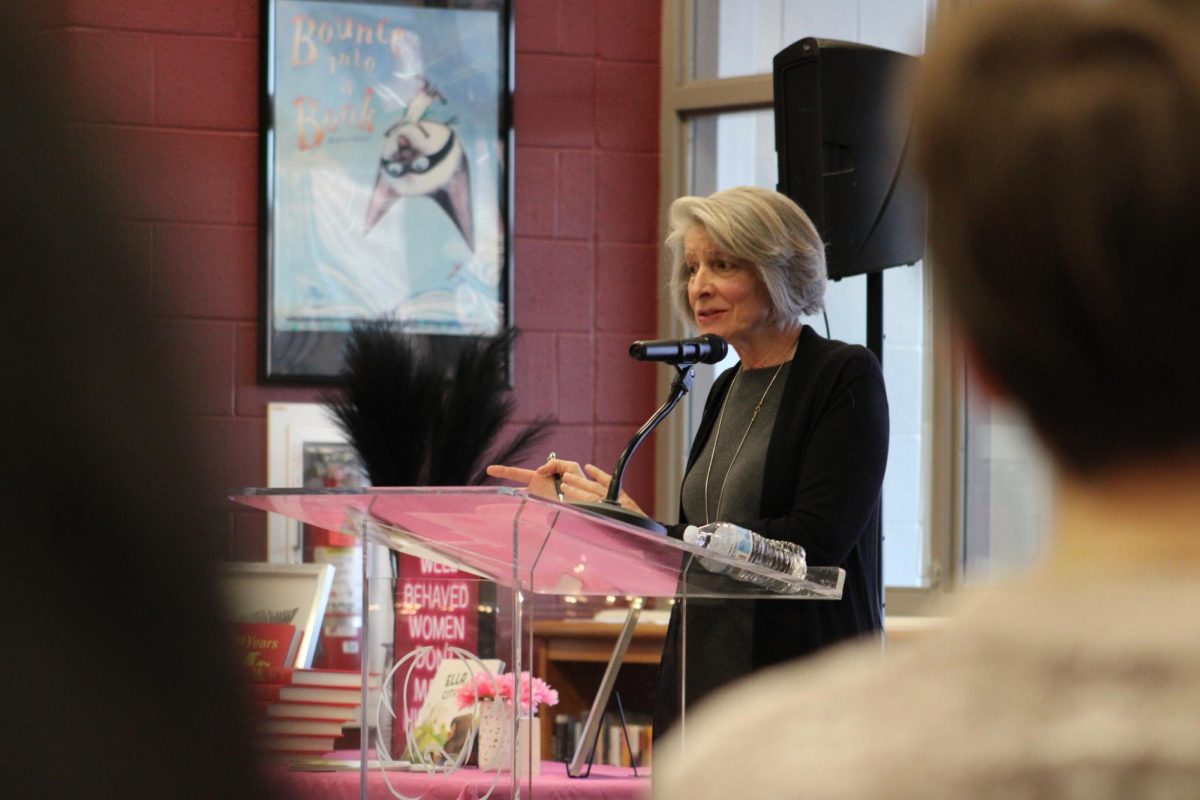You think you just fell out of a coconut tree?
With an election season upon us and tensions rising between the political parties, social media has become a way for candidates to express their thoughts and policies with voters across the nation. It is arguable that social media has changed the political game completely; it’s now a game reliant on constant public perception rather than rehearsed speeches.
Government teacher Kathryn Taylor has watched politics grow from when she started voting to today and has also seen how her students get their information on politics. “The late ‘90s [to the] 2000s is when you saw the pivot in the different tools being used,” Taylor said. “The rise of the internet really facilitated this. Presidents and policymakers [now] had the opportunity 24/7 [to communicate] it wasn’t just the six o’clock news.”
In the 1780s, when the Founding Fathers released the Federalist Papers, they probably didn’t anticipate seeing their methods of persuasion replicated onto tiny screens stuffed in pockets from coast to coast, but here we are.
In 2008, the nation saw the first person of color to be on a major party’s presidential ticket and eventually win the White House. Former President Barack Obama not only pioneered the way for future people of color to run for office but also transformed the way voters got information. Though social media platforms had been used recreationally, 2008 was the first time they were used to communicate for a major campaign. When George W. Bush ran for office, the common use of the Internet was in its infancy. He used his website to primarily target his supporters, a strategy that history says worked. Obama leveraged the spark of Facebook and its millions of users to go directly to his constituents. Instead of an impersonal approach with a website, he had the chance to interact with the masses in a relatively short amount of time. Obama won 66% of voters under 30 in his first run for office, the largest difference between young voters and other age groups since 1972. His team leveraged their socials to raise money and create a group of volunteers that would speak about his effectiveness as a future president, eventually leading to his title of the 44th President of the United States.
In 2024, however, the world has changed dramatically. Instead of MySpace and Facebook, politicians use Instagram, TikTok, and X. The candidates on the ballot are no longer Barack Obama and John McCain; they are Vice President Kamala Harris and former President Donald Trump, both of whom have used their platforms to amplify their message, and more often, degrade their opponent. The animosity between the two has become a spectacle for viewers, and their PR teams have only escalated it.
Harris’s team has taken the popular video-sharing app, TikTok, by storm, amassing over 4.3 million followers. KamalaHQ has used its popularity to display Harris’s highlights and Trump’s lowlights. Trump’s campaign account follows behind Harris, using X and Truth Social (a Trump-owned alt-brand site) more than TikTok to reach their audience. The art of the press release used to be the only way candidates could speak freely with voters, though even that had to be professional. The newfound freedom politicians have to communicate shows voters the “real” version of themselves, a candid, direct, and raw side we don’t get to see on TV. Directly following the presidential debate on Sept. 10, both accounts clipped moments and responses to show voters the stark contrast between the two candidates’ answers.
On a personal account level, candidates get the chance to use their own words on their socials to speak out about specific issues but do so in a very different manner. Based on a recent breakdown from The Times which analyzed posts released in the candidate’s own words on X and Truth Social, Harris is seen to have a focus on policy matters without a personal element. Trump on the other hand brings in a direct attack on Harris on nearly every matter.
Being almost 20 years younger than her opponent, Harris has resonated with new voters in a way the former president has not. “It really comes down to the character of a candidate and how comfortable they are using social media,” Taylor said. “We can tell Vice President Harris is very comfortable with the idea of using it and so her team has been able to leverage it. They have more opportunity to show character [which isn’t seen as much in practiced speeches].”
Whether you love it or hate it, social media in politics is clearly here to stay, making both a positive and negative impact on candidates. It is your duty to be informed and make decisions about what you choose to believe. As Harris said, you truly do live in the context of all in which came before you.


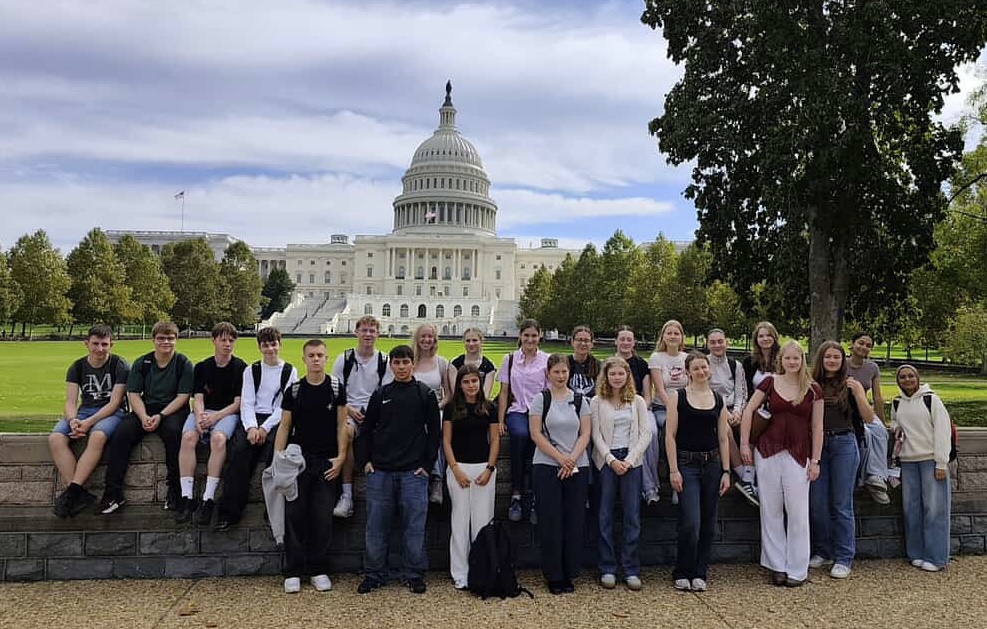
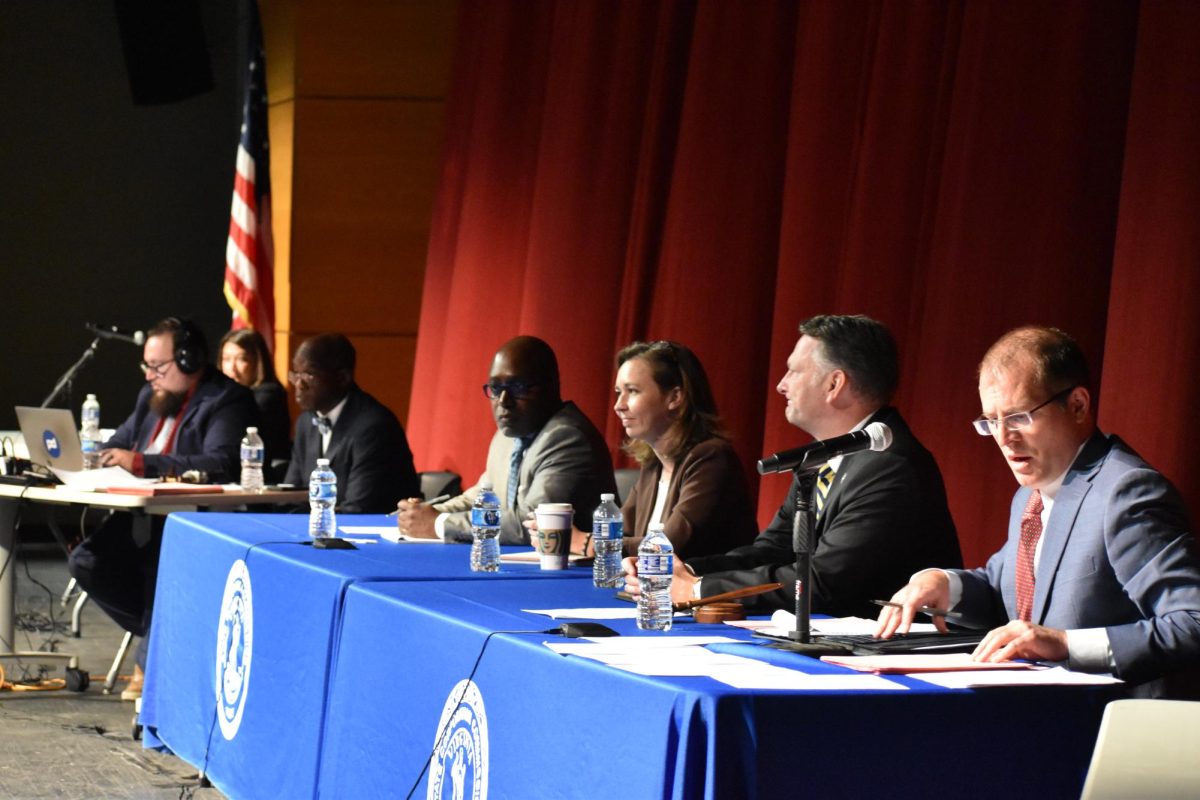

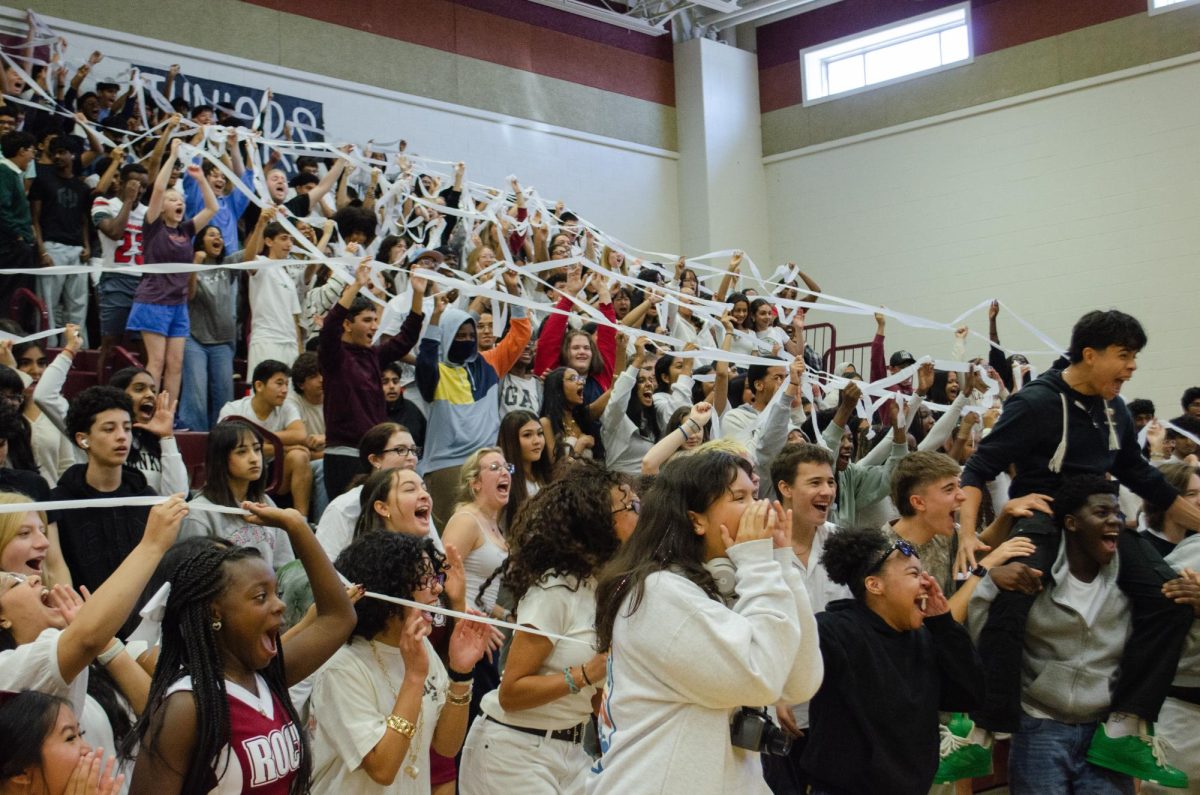

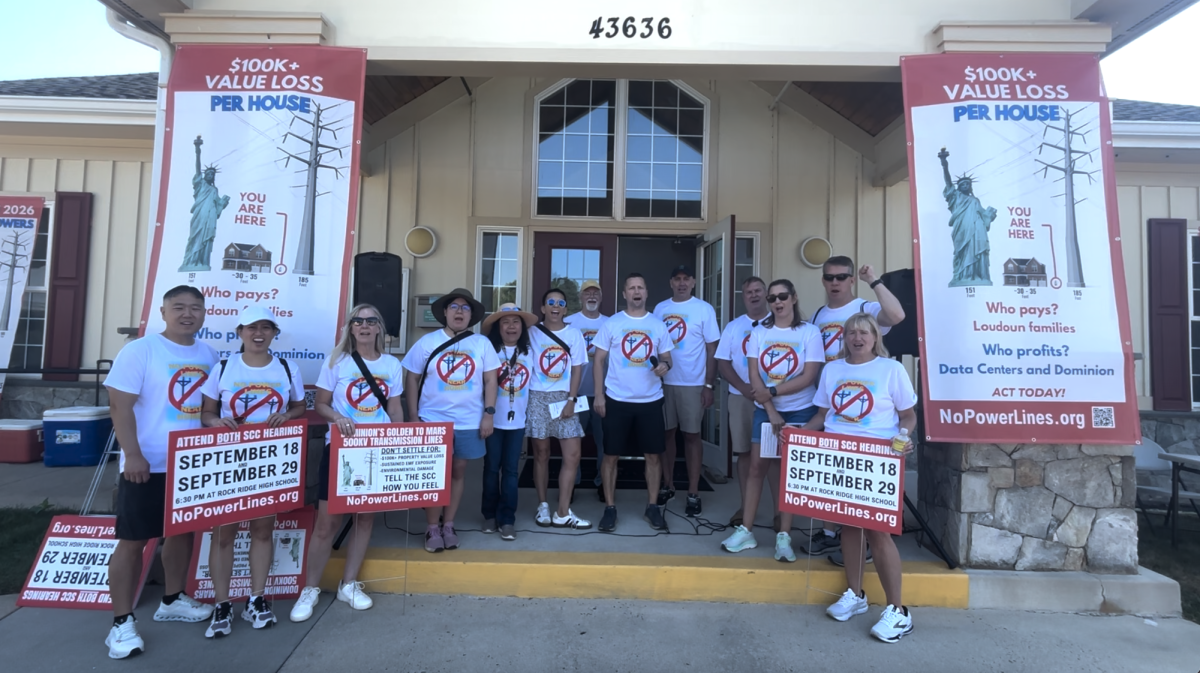
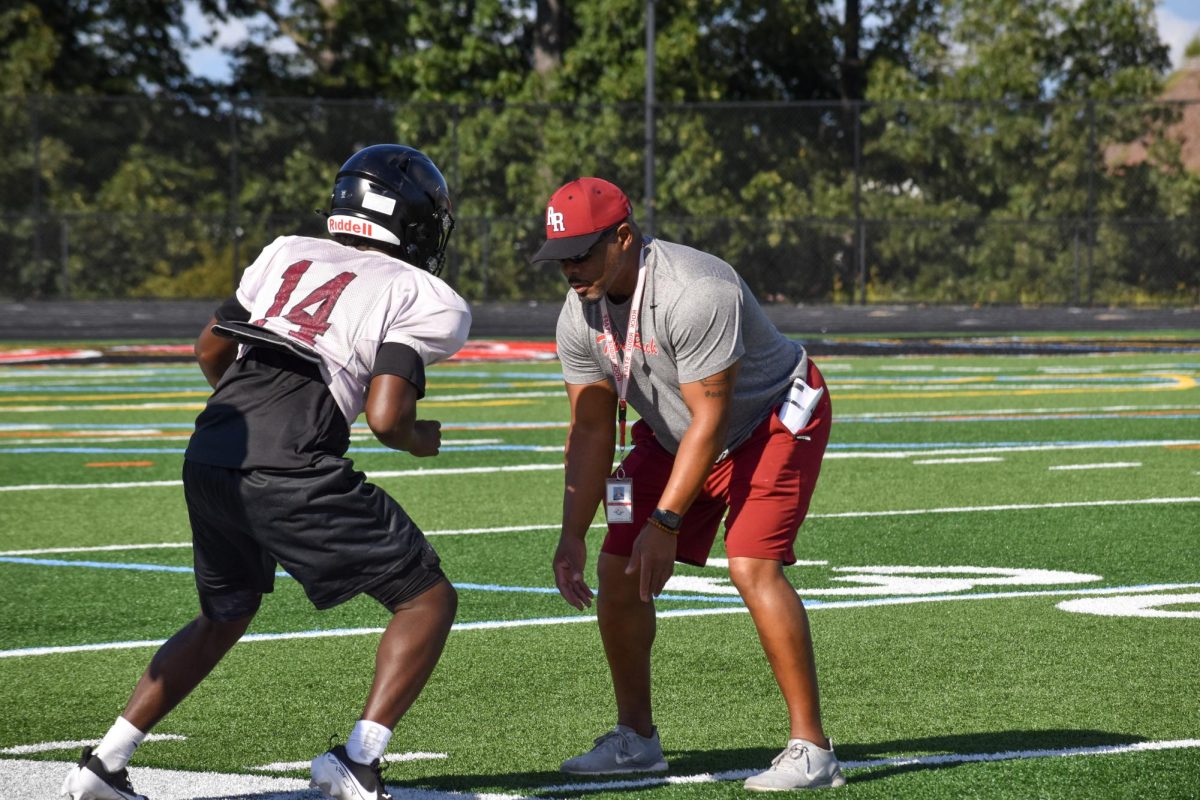





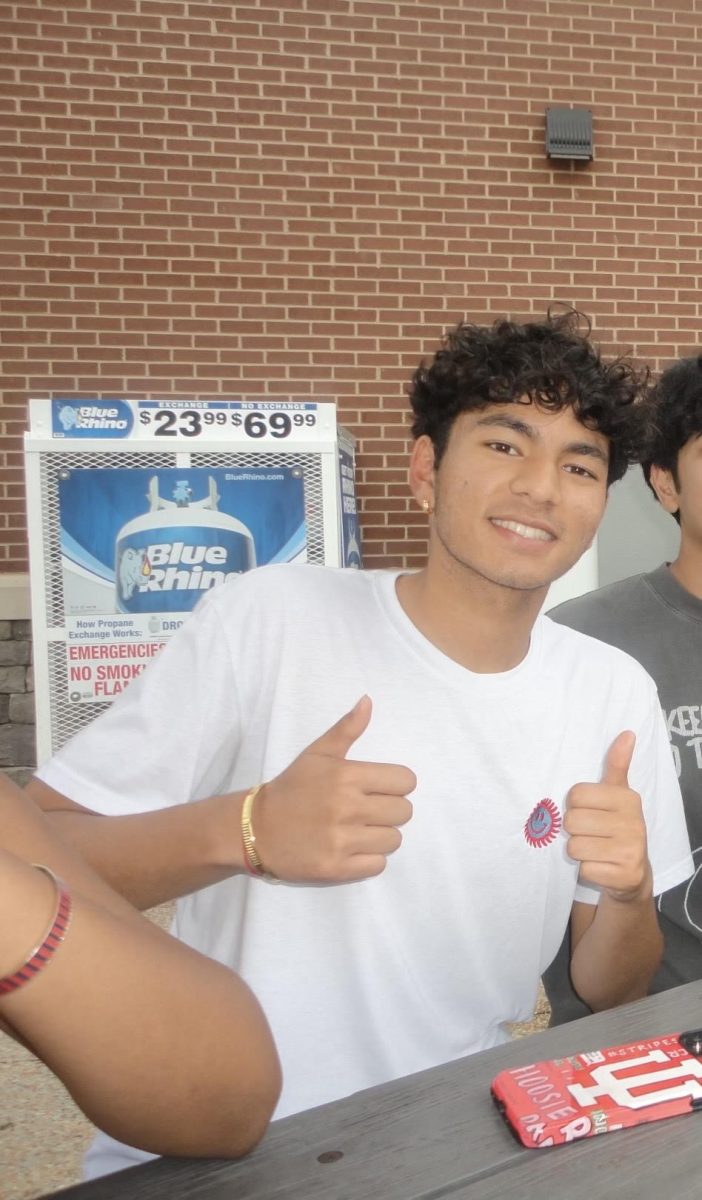
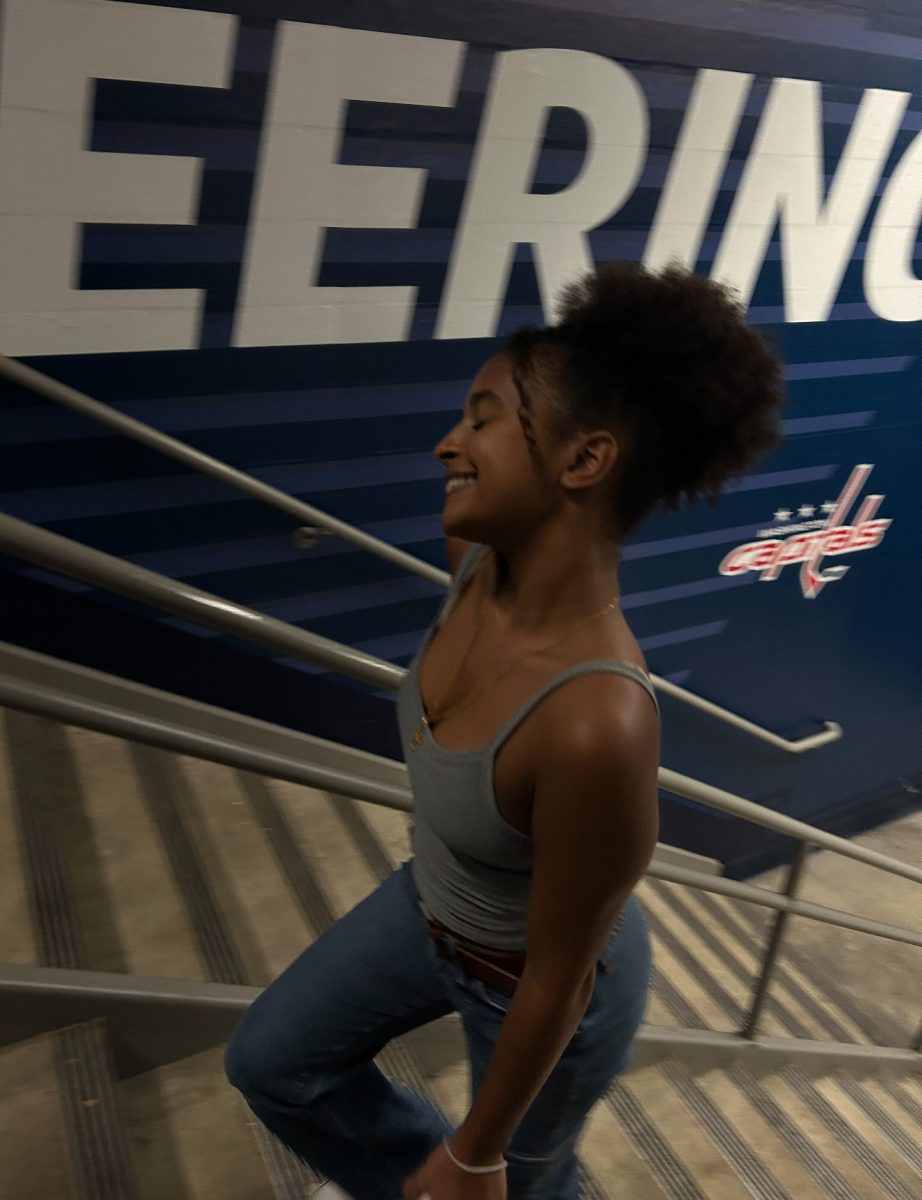
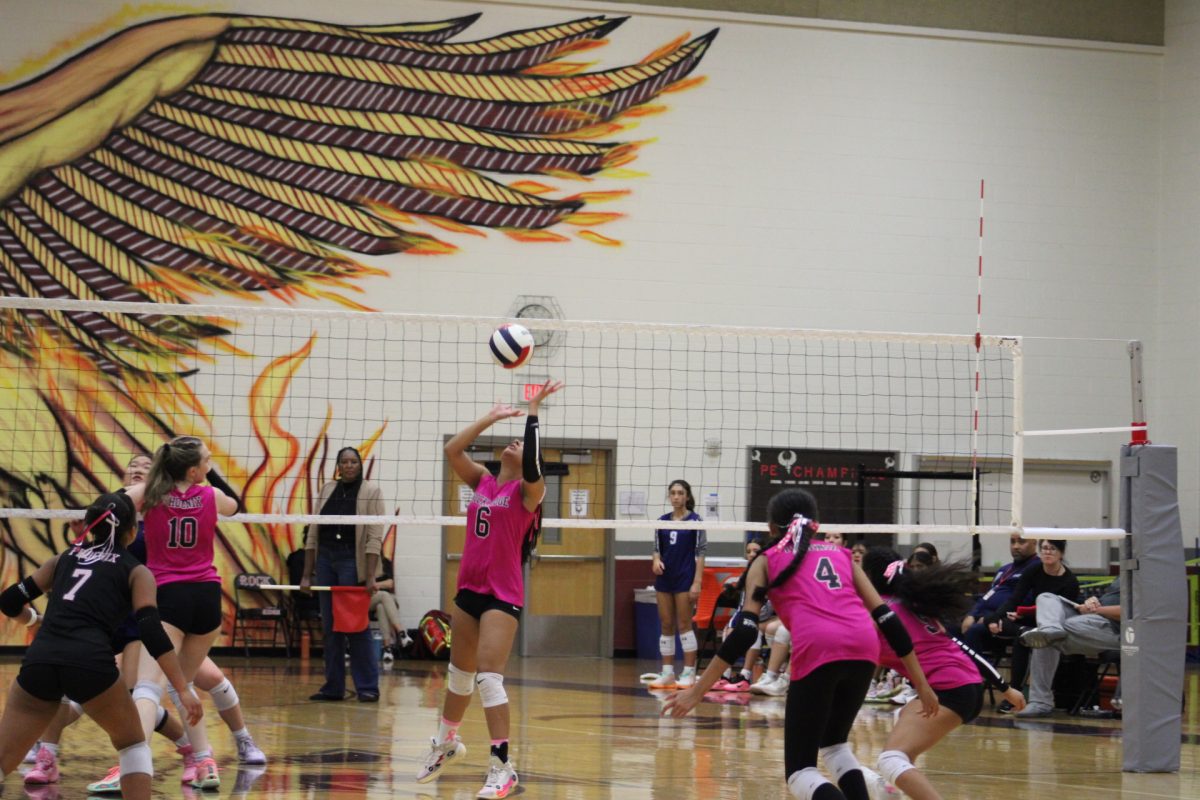
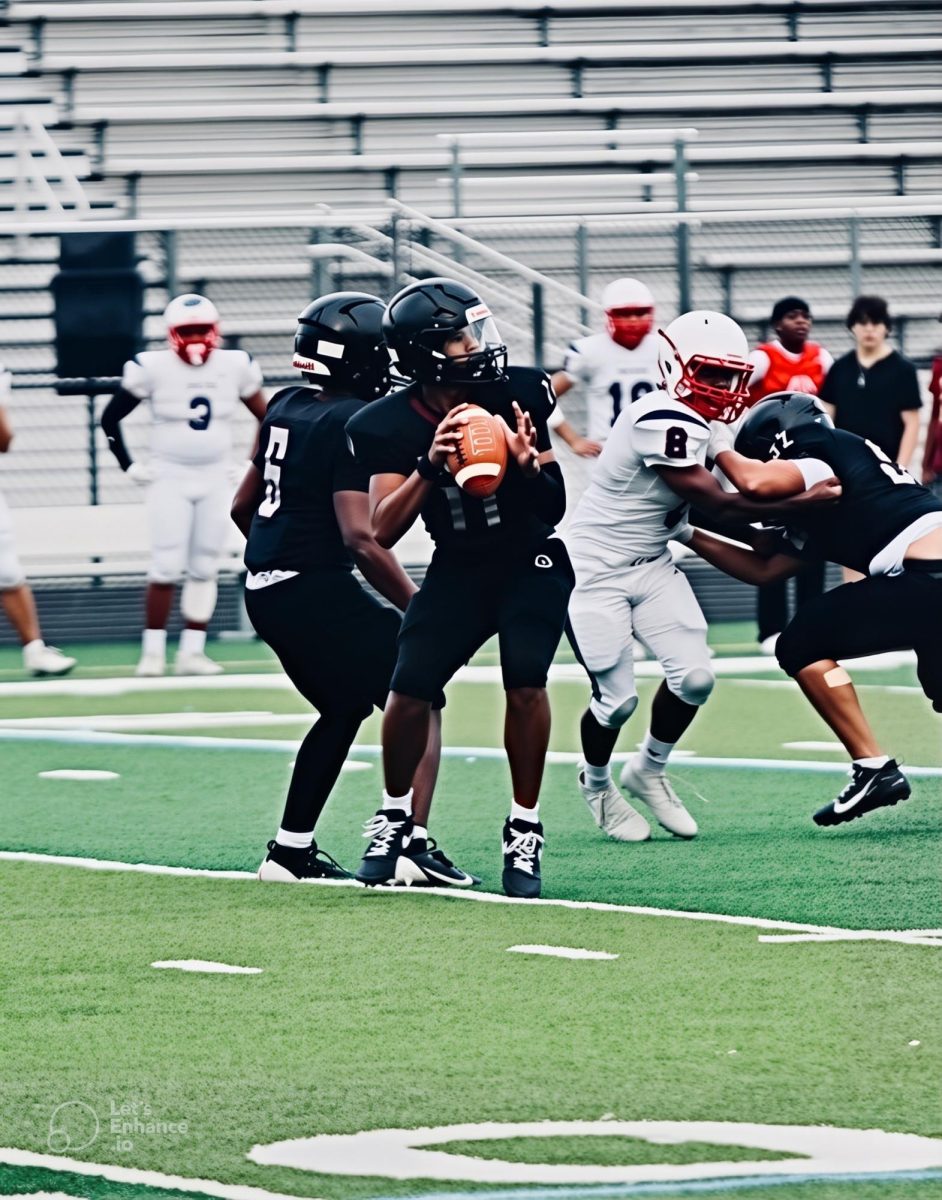


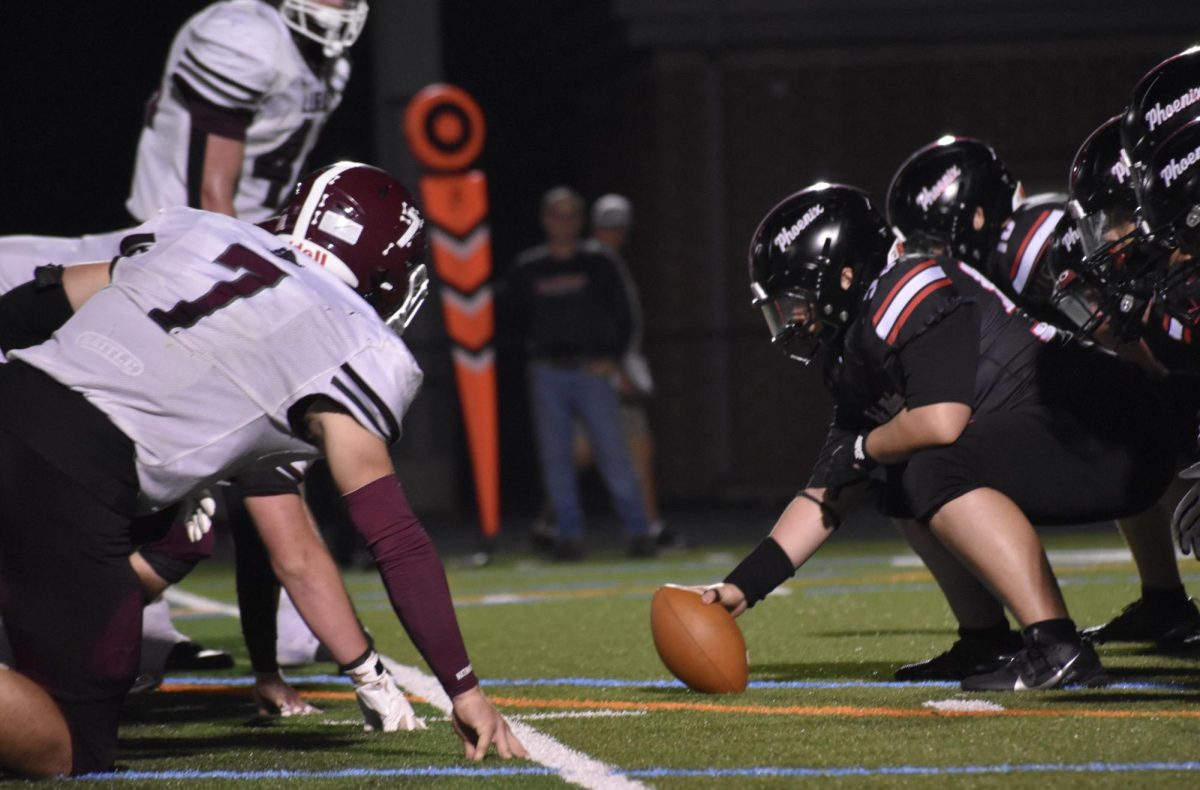


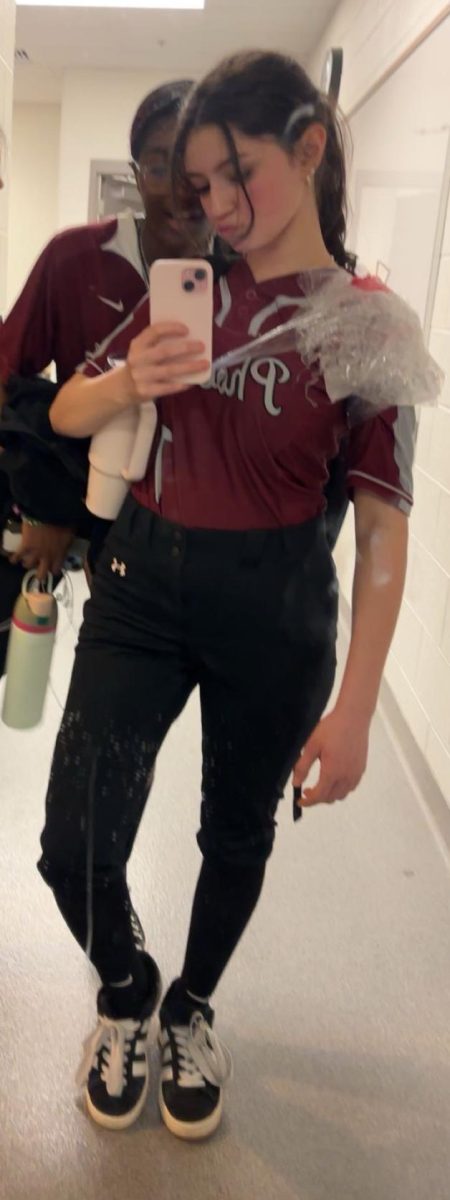


![The Phoenix varsity volleyball team lines up for the national anthem. “We were more communicative [with each other] during this game, and I feel like we kept our energy up, especially after the first set,” senior Jessica Valdov said.](https://theblazerrhs.com/wp-content/uploads/2024/10/DSC_0202-1200x800.jpg)

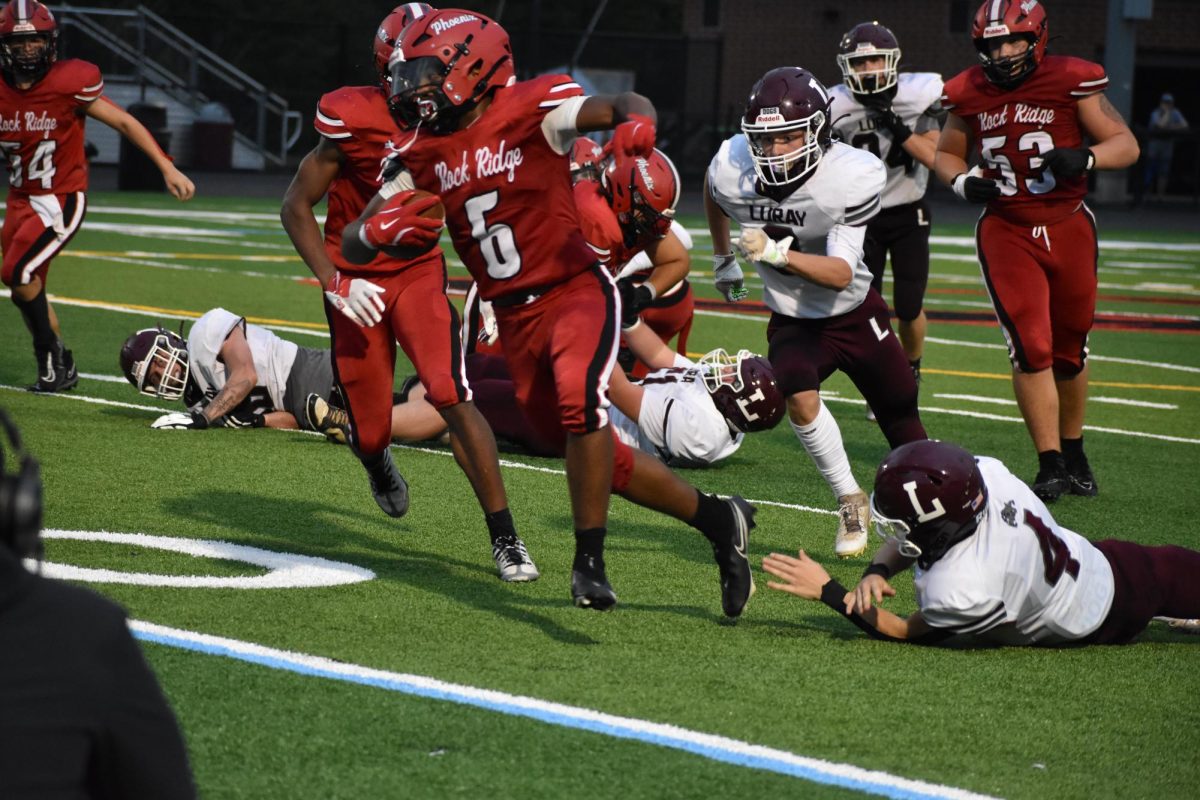
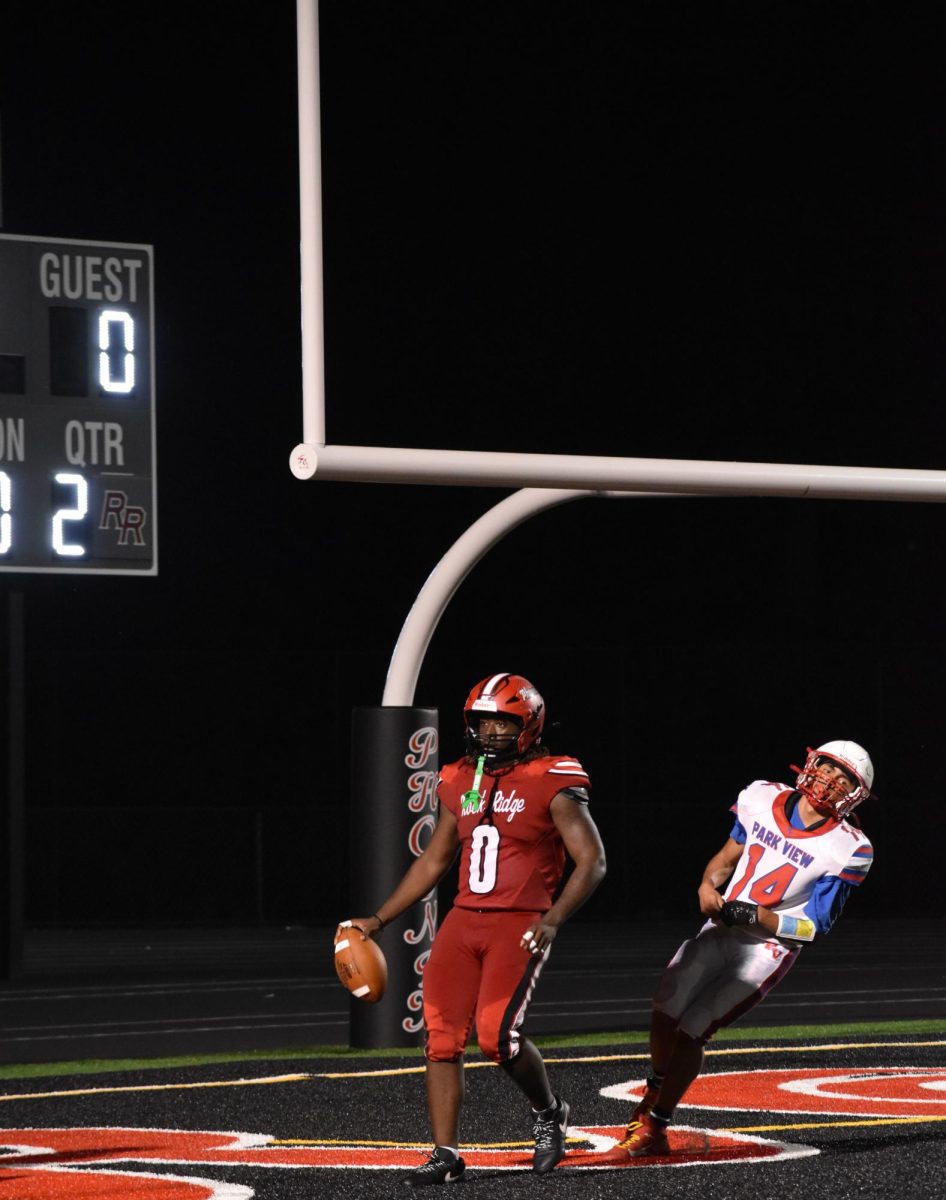

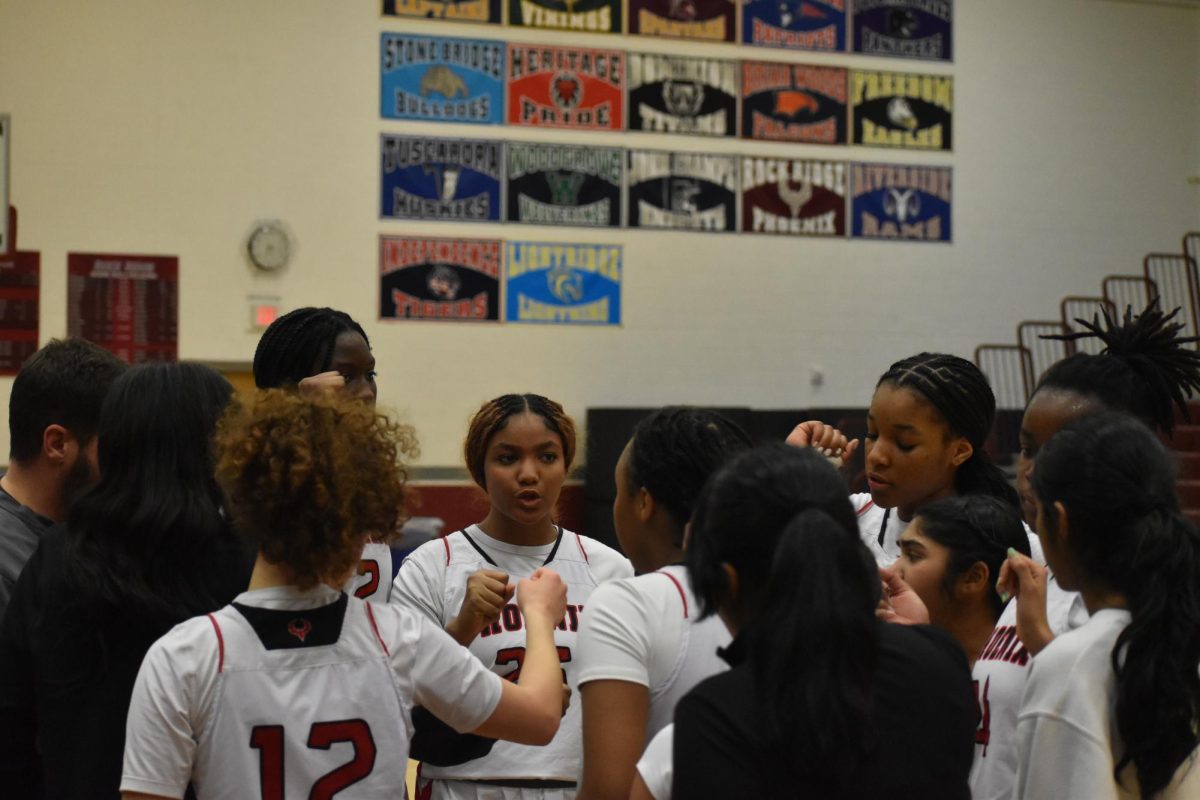
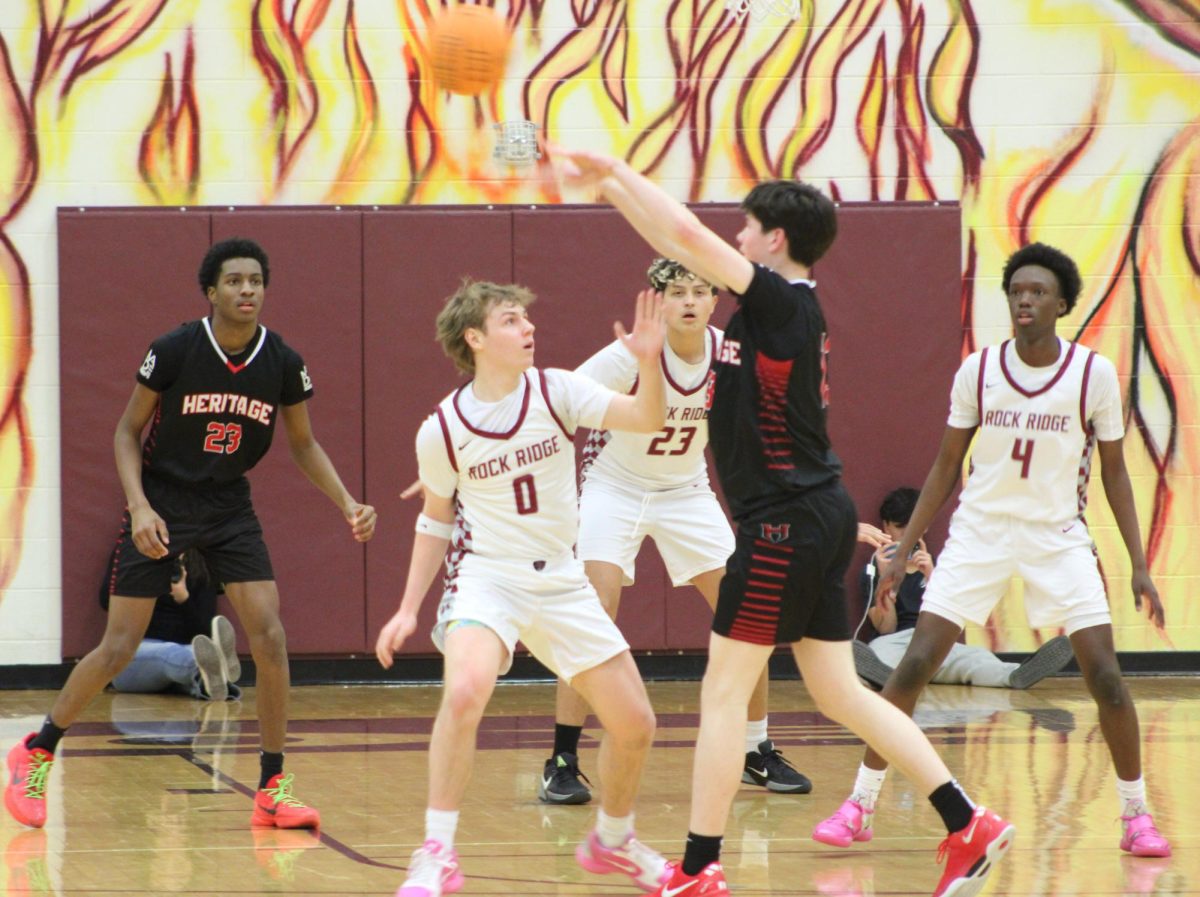


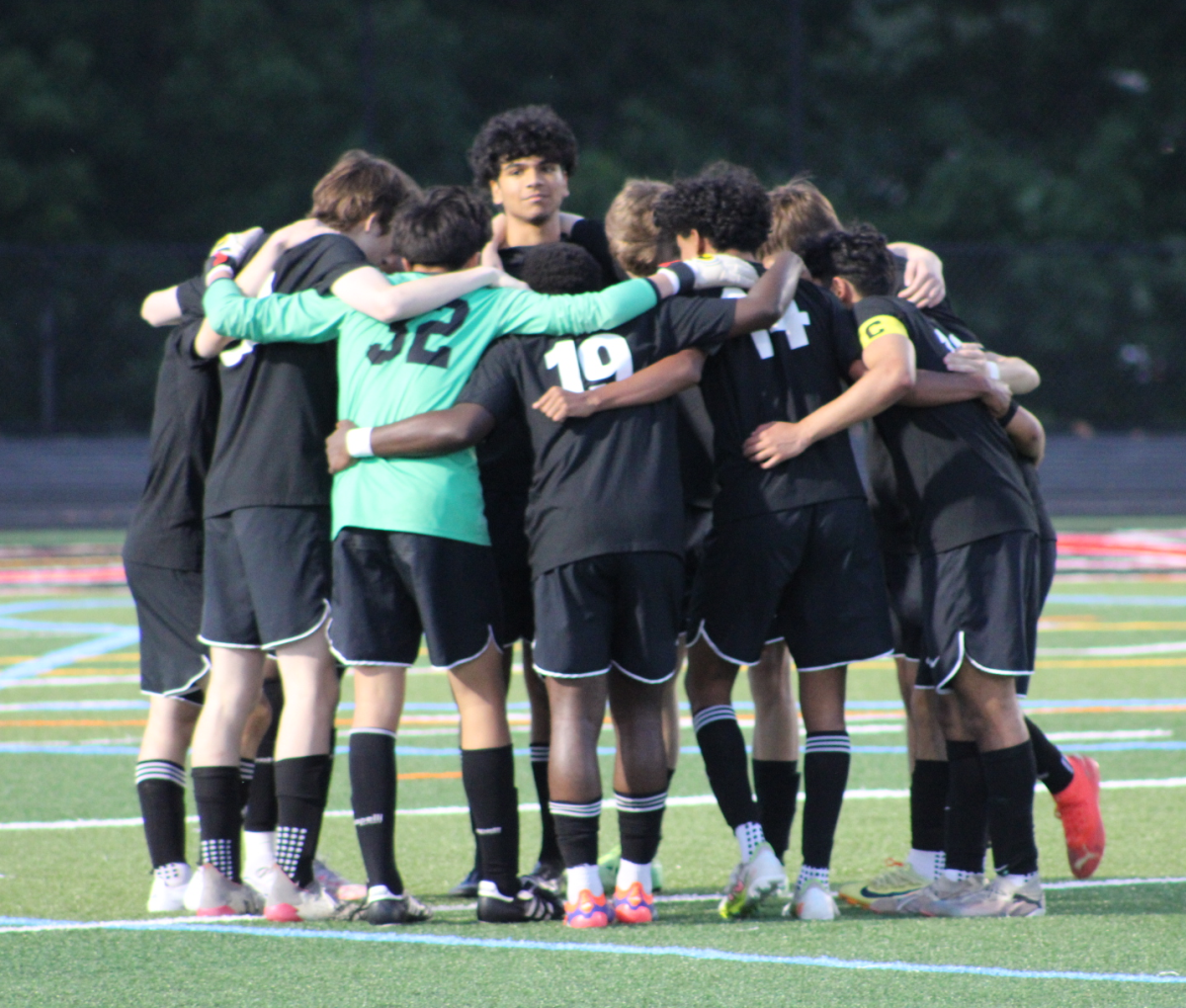

![Junior Alex Alkhal pitches the ball. “[I] just let it go and keep practicing so we can focus on our goal for the next game to get better as a team,” Alkhal said.](https://theblazerrhs.com/wp-content/uploads/2025/05/DSC_0013-1-1200x929.jpg)

